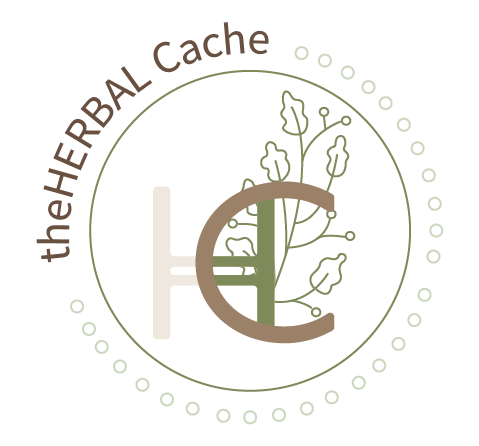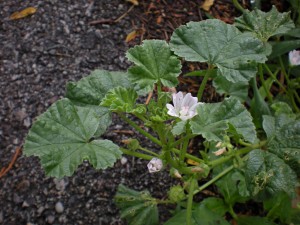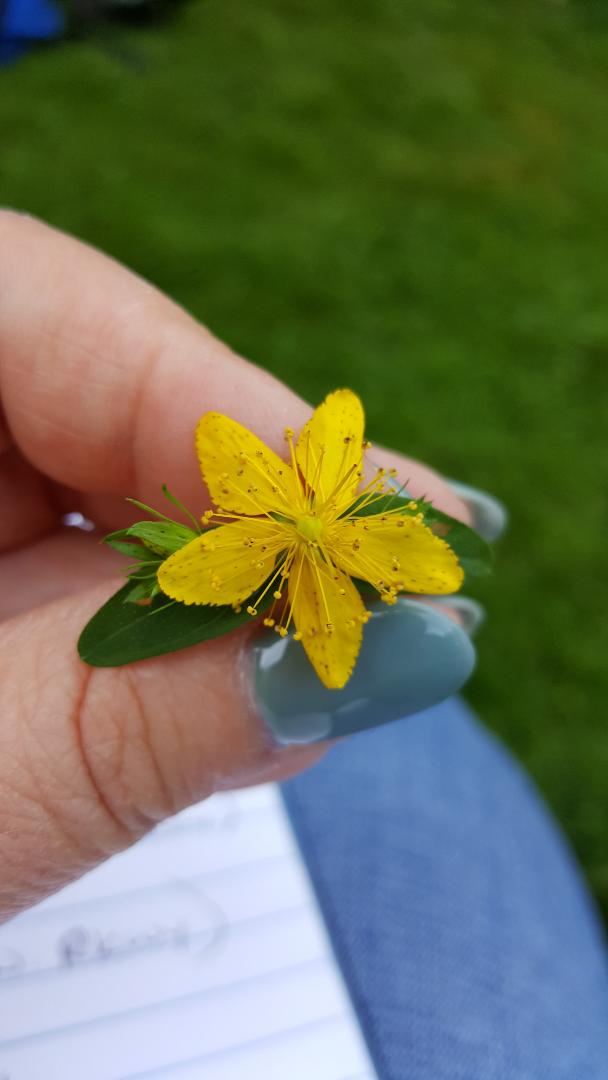Common Mallow
Botanical Name: Malva neglecta
Fun Facts:
- Also know as Mallow
- One of its nicknames is cheeseweed, because the seeds look like a cheese wheel and taste like cheese
- Were used in garlands and other decorations on May Day
Location found: Found in lawns, gardens, along roads, waste areas and barnyards.
Identification: Stem is round and thick. Leaves are dark green, heart-shaped and tiny hairs on underside. Flowers are pink/purple with five petals and dark veins.
Edible Parts: Roots, leaves and flowers.
Harvesting:
- Do not pick near roads, walkways or other areas where there is potential of the area having been sprayed with chemicals.
Culinary Uses:
- Tea made from the root acts as a very good diuretic
Medicinal Uses:
- As a diuretic, is a blood purifier and helps eliminate toxins in the body
- Is anti-inflammatory, so good for sores, injuries, swellings and broken bones
- It alleviates inflammations and mouth irritations
- Very useful in treatment of different sorts of respiratory complaints
- Has astringent properties, aiding to stop bleeding or secretions
- Helpful in cases of irritations produced by dry coughs, forming protective layers on the inflamed mucous membranes
- Can be used as a laxative
- Useful in treatment of gastroenteritis and constipation
- Is a demulcent and a emollient
- Can use the gooey juice of root or crushed leaves on burns or sunburns (like aloe vera)



